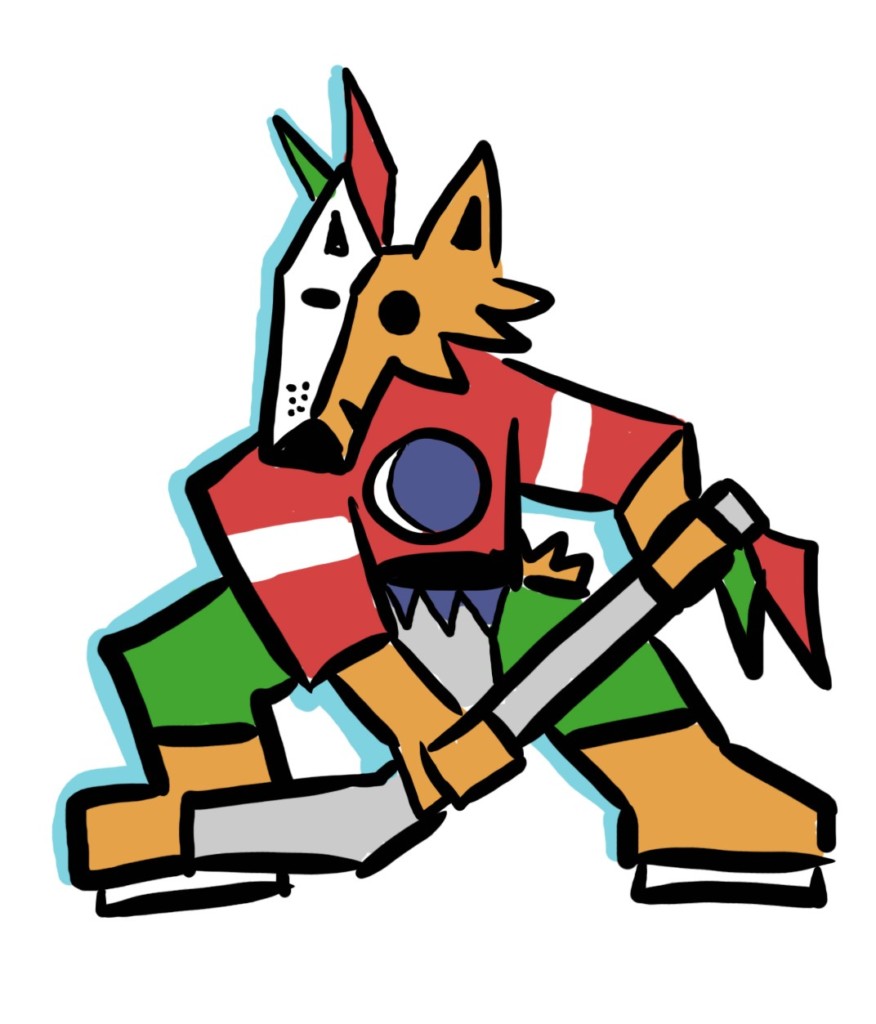
For the past ten years, the City of Glendale has operated on a year-by-year arena lease to the Coyotes. This year, however, the city has told the team to hit the road after this season, leaving them essentially homeless after this year.
Find yourself someone who loves you as much as Gary Bettman loves the Arizona Coyotes
By Joseph Agosti, Contributor
Gary Bettman, the longtime NHL Commissioner, has spent more money and resources trying to keep the troubled Arizona Coyotes franchise afloat than he ever should have. Bettman has routinely stuck his neck out for the Coyotes, when time after time it has been proven that hockey just does not work in Glendale, Arizona.
The original Winnipeg Jets were moved to Arizona in 1996, despite a strong existing fanbase in Manitoba, and without a long-term arena solution in Arizona. Bettman will tell you he moved the original Jets because of the weak Canadian dollar, but that did not stop him from moving the Atlanta Thrashers to Winnipeg in 2011. Bettman has ignored countless signs that hockey and Arizona weren’t compatible; from their first arena, now known as The Footprint Center (formerly Talking Stick Resort Arena), which they shared with the Phoenix Suns for the first seven years of their existence was unfit for hockey with obstructed viewpoints and limited seating capacity. Eventually, the Coyotes moved into a hockey-specific Stadium in Glendale, Gila River Arena. All good, right? Quite the opposite in fact.
First of all, the arena is located in Glendale, a ten-mile trip from Phoenix, which is made worse by awful traffic which makes commuting to games a nightmare. Next, is the City of Glendale’s relationship with the Coyotes, which has deteriorated over the past decade. For the past ten years, the City of Glendale has operated on a year-by-year arena lease to the Coyotes. This year, however, the city has told the team to hit the road after this season, leaving them essentially homeless after this year.
This puts Bettman and the Coyotes in a major predicament, with only a few options for survival. The first option is relocation to a different market. Unfortunately, this is unlikely with Bettman around as he has spent way too much time and effort on this team to throw it away, especially due to the next option. Option Two is a new arena deal in Tempe, Arizona. This is the ideal scenario, with Tempe being much closer to the team’s core fanbase in Phoenix and Scottsdale. The only problem with this is that it would take at least three years to build a new arena, leaving the Coyotes scrambling for a temporary home. Lastly, a final ditch effort was approved by Bettman and Coyotes owner Alex Meruelo, a temporary stay at the University of Arizona’s hockey rink. That rink has a maximum seating capacity of 5,000 people. For context, the next smallest seating capacity in the NHL is the Winnipeg Jets (oh the irony) at 15,000. Remember, the original Coyotes stadium they shared with the Suns was deemed unsuitable for hockey at a capacity of 16,000 seats. So, for three years at the least, the Coyotes, who lose money every year while pulling 10,000 fans into their 18,000 seat arena will be having a maximum of 5,000 people paying for tickets. You just can’t make this stuff up.
So, what’s the endgame for Gary Bettman and the Arizona Coyotes? Do they bleed red ink for three years hoping the team doesn’t go under? I can’t imagine the wealthier NHL teams are going to be thrilled cutting revenue-sharing cheques for a team that averages less than a Quebec Junior team. Do they even make it the three years, or do they have to pull the plug and relocate to Houston or Quebec City? I wouldn’t bet on the former, as Bettman has consistently resisted efforts to bring a team back to Quebec City despite their being an NHL ready stadium sitting there unused.
The main goal, in my opinion, is to wait two years and sign Arizona native Auston Matthews as a free agent. Matthews, a true superstar in the league, would be a godsend to the Coyotes, allowing them for the first time to market a hometown hero. You never know when predicting the future, but for the Coyotes it’s a wagon they should hitch their star to. That is, of course, If the Arizona Coyotes still exist in two years.


